I know that the neutral point of a distribution transformer is connected to the grounding (earthing) wire, so I think they are the same.
Can I use the neutral wire for protecting metal-cased electric devices by connecting it to the case (cover)?
Can I use the grounding wire to close the circuit? For example, can I connect a light bulb between the live wire and the ground wire?
I think the answer would be, "Yes, but It is bad to do this," but I don't know why it is bad.
Edit:
transistor, Thank you very much for your great answer and your time. I appreciate that. I have one more thing that I still don't understand. I wonder if you would mind answering me and I hope I'm not bothering you by my questions.
If the bulb is connected this way:

simulate this circuit – Schematic created using CircuitLab
If the customer touches the lamp when it is switched on, I do not think she will notice a slight tingle because the return path is the ground.
If the neutral wire fell off, the metal case is not live. If the ground wire fell off, the bulb will just turn off but there is no danger. Is it correct to wire devices this way?



